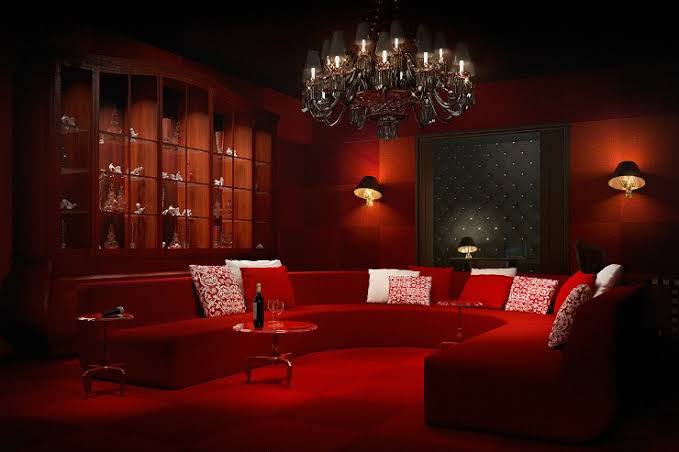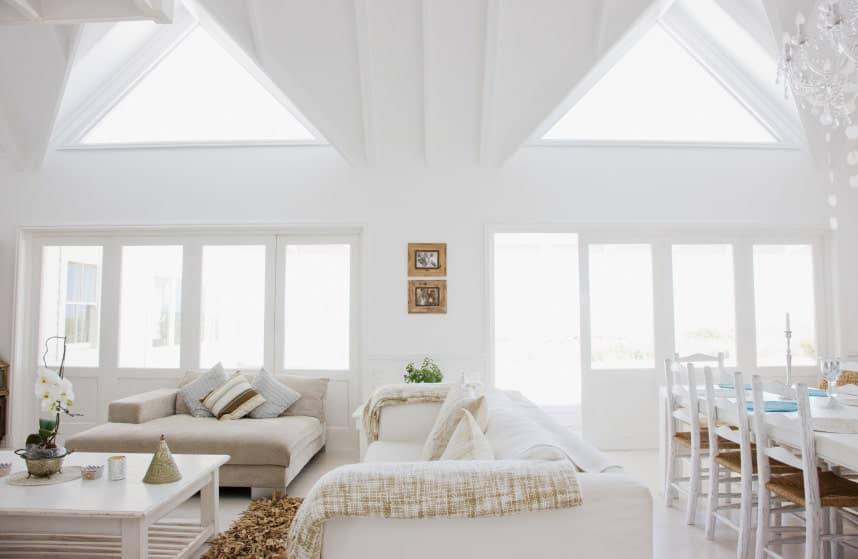
A look on how colors affect spaces aesthetically, visually, mentally.
Related: Lighting Healthy Living Spaces: Interview with Jinkie de Jesus
The pandemic kept a tight grip on the world. It still is and has even further tightened its leash on the country. As this continues, it can’t be helped that mental health issues could start taking up more headspace, evolving into storms that pose a problem for everyone who was kept captive by the everyday sight of their own homes. Last year, many people have resorted to stocking their rooms with new furniture and decor as a way to cope with the grueling work from home set up still imposed today. Paying attention to the colors of your interior spaces is a small but helpful way to battle the mental pressure brought on by unchanging sceneries (and is probably less problematic for your bank account).

As an element that can be seen everywhere, colors also have a subtle but big role to play in the design and architecture of a space. While colors in movies tend to present what a character feels or what a scene portrays, colors in architecture and design primarily work as a highlight for aesthetic details and an invocation to different spatial perspectives. For example, applying a darker shade on the ceiling can make it seem lower and can make the room feel suffocating. (This is one reason why ceilings are generally painted white–to reflect natural light and make spaces seem brighter). Though color is only one element to improving one’s perception of space, using a light palette effectively brings more positive energy thanks to the illusion of a wider and more breathable space.
READ MORE: Design in The Time of Covid
After many decades, designers and architects have also come up with more ideas on how other colors are tied to the human psyche. Fiery red for one is a mascot for passionate and energetic feelings. Using this color on decor would invigorate intimacy while making the room look warmer.

White, which represents purity and cleanliness can widen spaces and make rooms seem less cramped. Overuse of this color can make a room’s aesthetic verge on sterile though so it is generally used as a background color. The natural, earthy shades of brown and green meanwhile can make a space more soothing due to their affinity with trees and the natural environment, so a hint of these colors can relax both the eyes and the mind.

The psychology of colors has always been an interesting element mostly sighted in movies and paintings where the infinite color wheel dominates. But we can always bring this fusion between artistry and psychology into our own spaces. Not even as painting or pictures but as plain painted walls or even furniture. Whether people are aware of it or not, colors still have an effect on the psyche and can even contribute to how well or how badly our emotions come out.
READ MORE: Spruce Up Your Space With The Color Of Emeralds for Healthy Living


